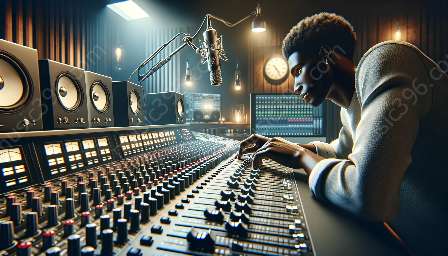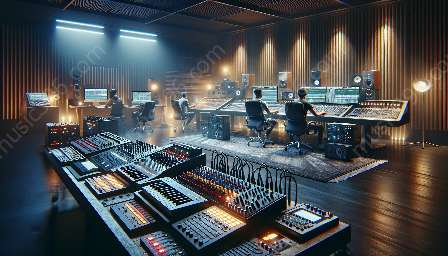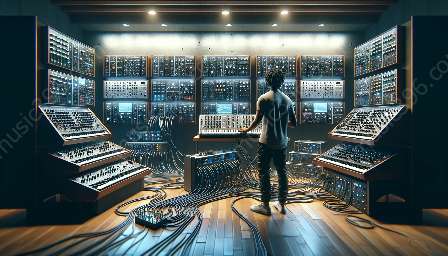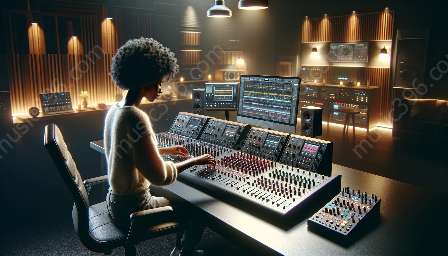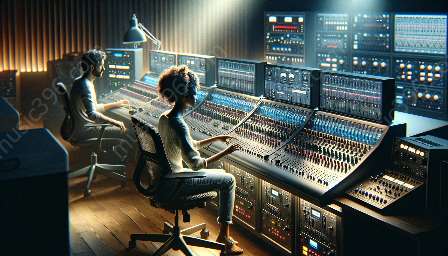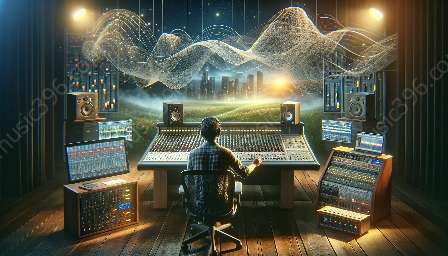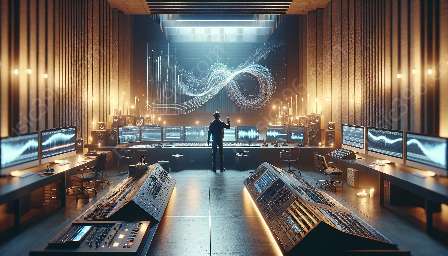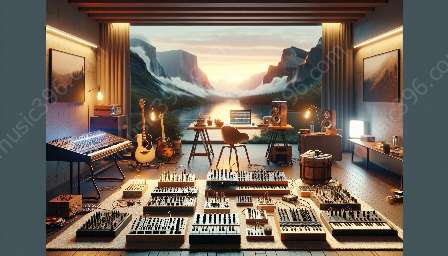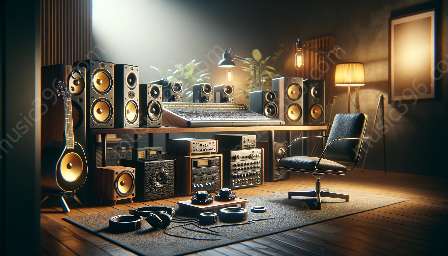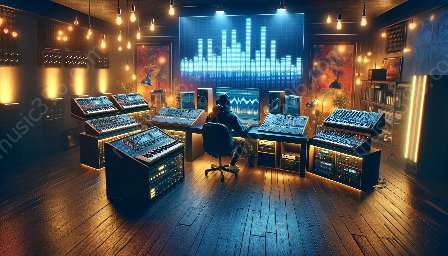Virtual instrument software has undergone significant advancements in recent years, revolutionizing the music production industry and providing musicians and producers with a wide array of powerful tools and capabilities. These advancements have not only enhanced the quality and realism of virtual instruments but have also opened up new creative possibilities in music technology. In this article, we will delve into the cutting-edge developments in virtual instrument software, exploring how these innovations are shaping the future of music production.
The Evolution of Virtual Instrument Software
Virtual instrument software, also known as virtual instruments or VSTs (Virtual Studio Technology), refers to computer software that emulates the sounds of traditional musical instruments. These software instruments can range from synthesizers and samplers to virtual drum machines and orchestral libraries. The evolution of virtual instrument software can be traced back to the early days of digital music production, where limited processing power and storage capabilities constrained the realism and complexity of virtual instruments.
As technology progressed, virtual instrument software experienced a paradigm shift, with developers harnessing the power of advanced algorithms, sampling techniques, and digital signal processing to create highly realistic and expressive virtual instruments. Today, virtual instrument software has become an integral part of modern music production, offering an extensive range of sounds and functionalities that rival traditional hardware instruments.
Advanced Sound Sampling and Modeling
One of the key advancements in virtual instrument software lies in the realm of sound sampling and modeling. Developers have devoted extensive resources to capturing and reproducing the nuances of acoustic and electronic instruments, utilizing multi-sample recordings, round-robin sampling, and advanced scripting to imbue virtual instruments with lifelike articulations and timbral variations.
Furthermore, advanced sound modeling techniques have enabled virtual instrument software to replicate the intricate sonic characteristics of analog synthesizers, vintage keyboards, and acoustic instruments with remarkable accuracy. This level of fidelity has empowered musicians and producers to create authentic-sounding performances and arrangements entirely within the digital domain.
Real-Time Performance and Expression
Another groundbreaking aspect of advancements in virtual instrument software is the emphasis on real-time performance and expressive capabilities. With the integration of intuitive user interfaces, MIDI controllers, and innovative performance features, virtual instruments have transcended their static, pre-programmed nature and evolved into dynamic, responsive instruments that react to the performer's touch and nuances.
Features such as key-switching, velocity layers, aftertouch sensitivity, and articulation control have enabled musicians to infuse their virtual instrument performances with a level of expressiveness and realism that was previously exclusive to traditional instruments. As a result, virtual instrument software has become an indispensable tool for capturing emotive and nuanced musical performances in the digital realm.
Integration with Music Technology
The advancements in virtual instrument software have seamlessly integrated with broader music technology ecosystems, leading to enhanced interoperability and expanded creative possibilities. Virtual instrument plugins are now compatible with a wide range of digital audio workstations (DAWs) and software environments, allowing users to seamlessly incorporate virtual instruments into their music production workflows.
Furthermore, the rise of open-source and standardized plugin formats, such as VST, AU (Audio Units), and AAX, has fostered a vibrant ecosystem of third-party developers creating innovative virtual instrument software that caters to diverse musical genres and production requirements. This proliferation of virtual instrument offerings has democratized access to high-quality sounds and instruments, empowering musicians of all backgrounds to explore and experiment with cutting-edge sonic palettes.
Future Trends and Innovations
Looking ahead, the future of virtual instrument software is poised to embrace even more advanced technologies and features. Machine learning and artificial intelligence are beginning to play a significant role in the development of virtual instruments, enabling software to dynamically adapt to a performer's playing style and generate complex musical responses in real time.
Moreover, advancements in virtual reality (VR) and spatial audio technologies are expanding the possibilities for immersive virtual instrument experiences, allowing musicians to interact with virtual instruments in three-dimensional environments and spatially realistic sonic landscapes. These developments herald a new era of interactive and sensory-rich music creation, blurring the lines between physical and virtual instruments.
Conclusion
The advancements in virtual instrument software have ushered in a transformative era for music production, presenting musicians and producers with an unprecedented array of expressive and versatile tools. From advanced sound sampling and modeling to real-time performance and integration with music technology, virtual instrument software continues to push the boundaries of creativity and innovation.
As the technological landscape evolves, the synergy between virtual instruments, music technology, and software innovation is poised to shape the future of music production, offering new avenues for artistic expression and sonic exploration. Embracing these advancements opens up a world of possibilities for musicians, allowing them to sculpt their sonic visions with unparalleled precision and artistry.

